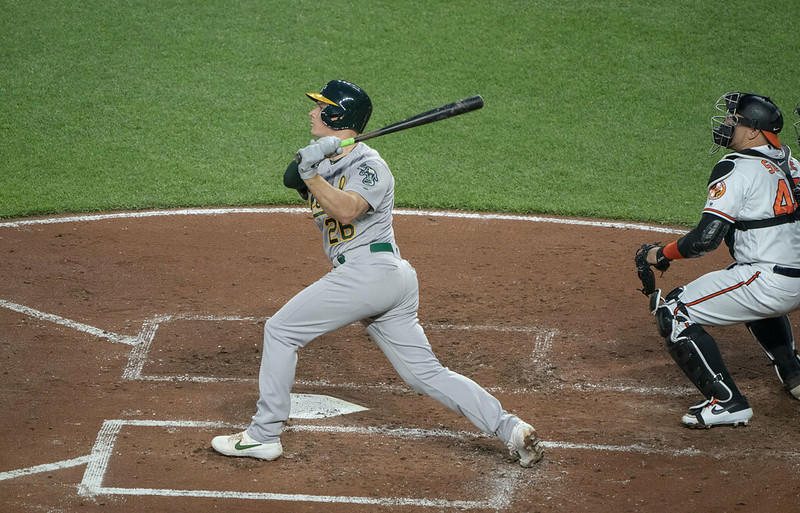Padres Add Profar
Monday evening during a squall of non-tender news, the San Diego Padres continued to sculpt their 40-man roster during what is likely to be a very active offseason, this time swapping power-hitting “catching” prospect Austin Allen and a player to be named for famous non-tender candidate Jurickson Profar in a deal with Oakland.
From a roster construction standpoint, the deal makes an awful lot of sense for both teams. The Padres had four catchers on their 40-man and were suddenly shallow in the middle infield after they traded Luis Urias to Milwaukee last week. Profar wasn’t as productive as he had been the season before, and Oakland has a tight budget imposed by ownership as well as two young and enigmatic-but-talented infielders coming up in Jorge Mateo and Franklin Barreto. The club also needed catching reinforcement behind oft-injured prodigy Sean Murphy.
Profar, who agreed to a one-year, $5.7-million deal with San Diego after the trade, is now the favorite to be the Padres’ everyday second baseman next year. While his surface-level 2019 production (.218/.301/.410) was down from the previous year (.254/.335/.458), his peripherals (9% walk rate, 14% strikeout rate) were identical, he golfed out 20 homers again (mostly left-handed, though Profar is a better hitter from the right side), and he offers some amount of defensive versatility (2B/LF last year, all over the place the year before), though he’s not a great glove anywhere. As Craig Edwards noted on Twitter, Profar had a horrendous April before he righted the ship and was a slightly above-average offensive performer for the rest of the year. Read the rest of this entry »

